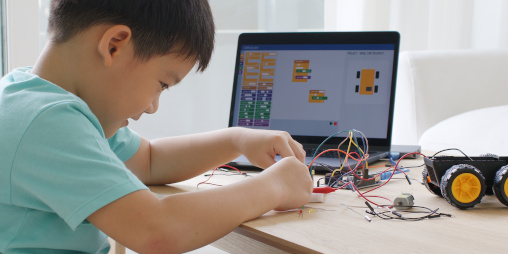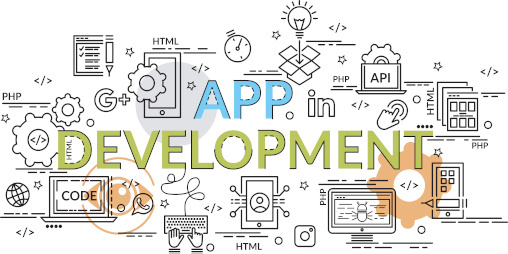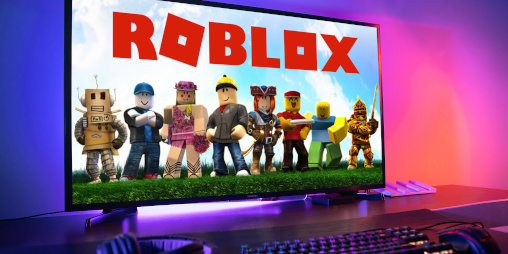Course description
During this course students design Android apps by customising advanced components of the App Inventor platform. They prepare resources needed to build an app – create or download graphics, sounds and other multimedia. They learn the principles of design thinking and apply them in the process of app design. They learn how to add animations and simulations to the app, they build their own algorithms or use the existing ones. They create and debut the app program, they learn how to handle exceptions, and they run on-device app tests. Students also become familiar with cybersecurity rules in the app design process. They implement encryption algorithms, create apps using databases, and analyse and visualise data in the app according to the project requirements.
An Android device (a phone or a tablet) is necessary to test the app.
After the course students:
- Independently create advanced apps in MIT App Inventor
- Know the app production cycle – from the analysis of requirements and user needs through the coding phase up to the app publication
- Create their own resources for the projects
- Implement safety rules
- Create and debug code and run on-device app tests
- Analyse and visualize data in accordance with the project specifications





